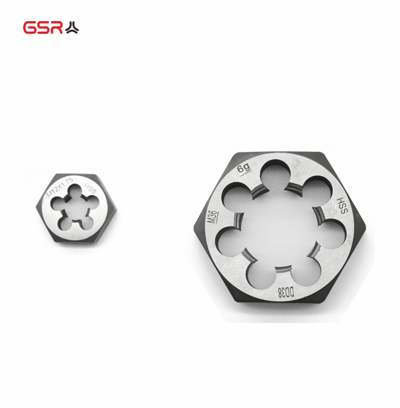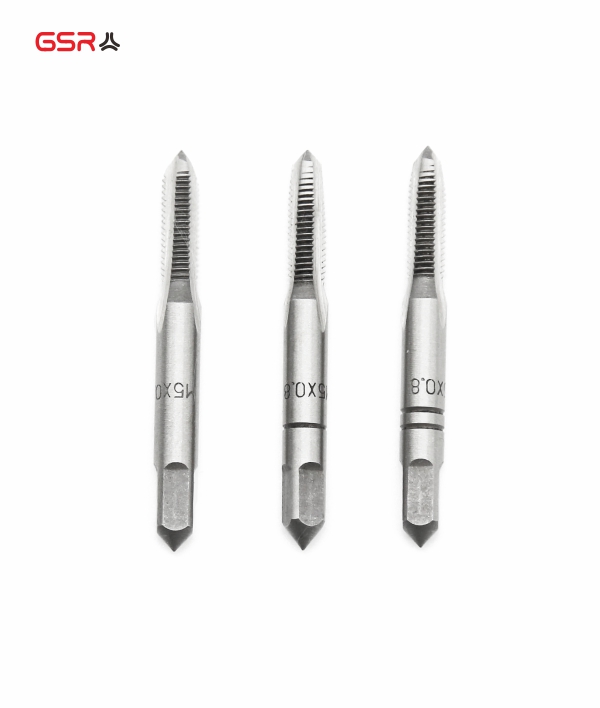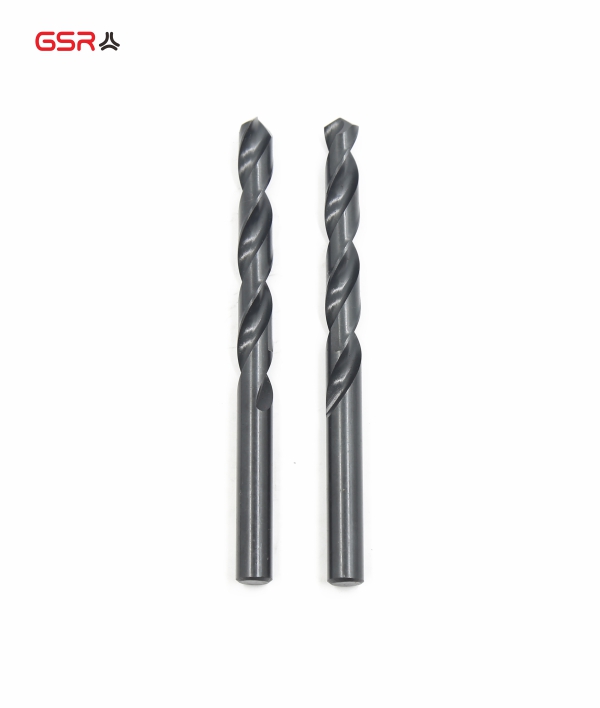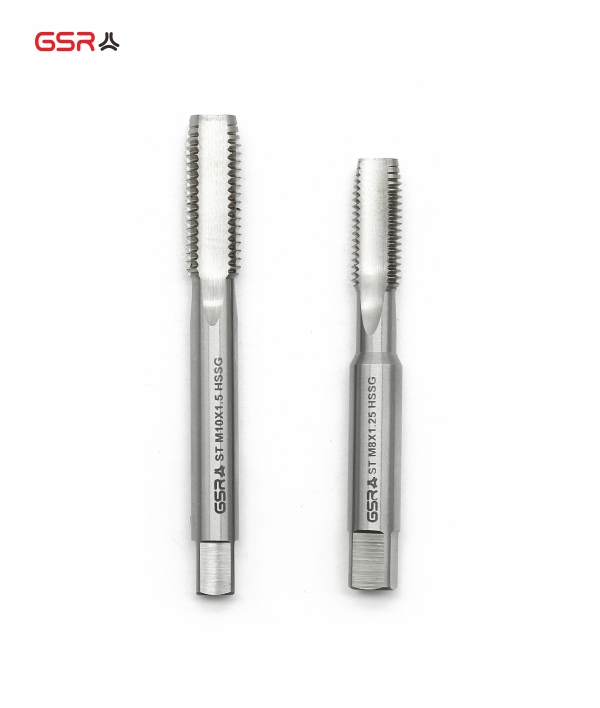How to Cut an External Thread in 2 Steps?
Cutting an external thread involves creating a spiral ridge on the outer surface of a cylindrical workpiece. This process is typically performed using a lathe and a threading tool. Here's a general guide on how to cut an external thread in two steps:
Step 1: Preparation and Setup
1. Choose the Right Thread Size and Pitch
Before starting, determine the thread size and pitch that you want to cut. These specifications will guide your choice of threading tool and help ensure a proper fit with mating parts.
2. Set Up the Lathe
Mount the workpiece securely in the lathe's chuck or collet. Ensure it's aligned and centered to avoid any wobbling during the threading process. Adjust the lathe's speed to an appropriate RPM for the chosen threading tool and workpiece material.
3. Select the Threading Tool
Choose the appropriate threading tool insert for the thread size and type you're cutting. The threading tool should match the thread specifications to achieve accurate results.
4. Set the Tool's Position
Position the threading tool's cutting edge at the starting point of the thread on the workpiece's outer surface. Ensure the tool is aligned radially with the workpiece.
Step 2: Cutting the External Thread
1. Engage the Threading Tool
Slowly advance the carriage of the lathe towards the workpiece using the cross-slide handle. The threading tool's cutting edge should make initial contact with the workpiece. Ensure that the threading tool's angle matches the thread's pitch angle.
2. Begin Cutting
Gradually advance the threading tool along the workpiece's axis while simultaneously engaging the lathe's lead screw. This will create the helical shape of the external thread. Monitor the cutting process closely, adjusting the feed rate and tool position as needed to ensure proper thread depth and accuracy. Continue advancing the tool until you've cut the desired length of the thread.
3. Reverse the Tool
Once the desired thread length is cut, reverse the lathe's lead screw and retract the threading tool from the workpiece. Make sure to disengage the threading tool from the workpiece surface before moving the carriage.
4. Repeat as Needed
If the workpiece requires multiple threads or if you're creating a longer thread, reposition the threading tool at the starting point and repeat the cutting process.
Conclusion
Cutting an external thread involves precision and careful control to achieve accurate results. Following these steps, along with proper tool selection and adjustment, will help you create external threads that meet the required specifications. Remember to practice caution, use appropriate safety gear, and familiarize yourself with the lathe's operation before attempting to cut threads.














